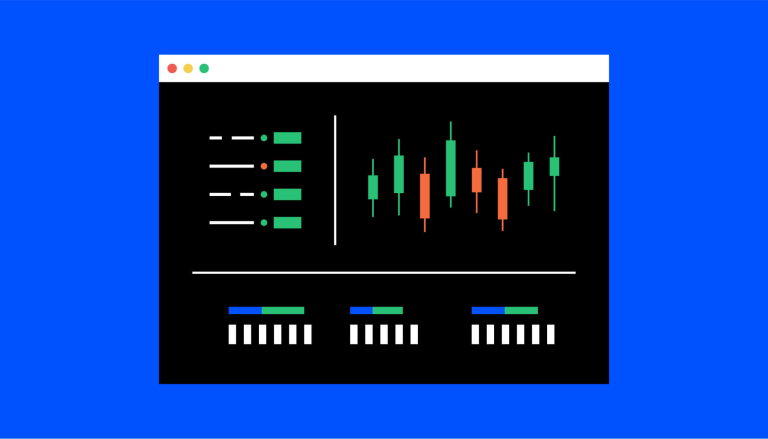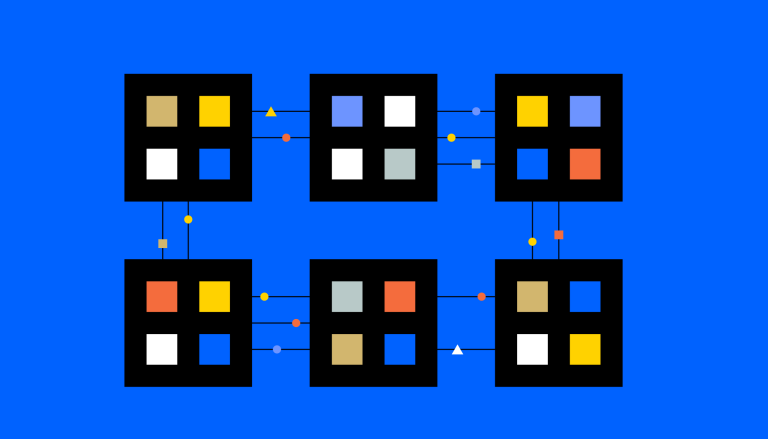What is hash rate?

Hash rate is a measure of the computational power of a blockchain network, group, or individual.
It is used to determine the mining difficulty of a blockchain network and can be used as a gauge of security.
Hash rate is measured by the number of guesses each mining computer makes per second to solve for the hash on a blockchain network.
Understanding Hash Rate
Hash rate is a critical metric in the world of digital assets, representing the speed at which a computer can perform hashing computations. These computations are part of the process of validating transactions, referred to as digital asset mining. The hash rate serves as a performance indicator for specialized mining machines, showing the rate at which a mining hardware processes data in its quest to compute a valid block hash.
In the context of Bitcoin and other digital assets, the hash rate is associated with the potential compensation of a miner or mining pool. A higher hash rate corresponds to a greater likelihood of successfully mining a block, thereby increasing the miner's chances of being compensated for processing transactions.
How Hash Rates Work
A blockchain network typically uses a special mathematical function known as the hash algorithm to randomly produce a hash value. Miners on the network compete to generate the correct hash. The winning miner is then allowed to validate transactions and is compensated for solving the mathematical puzzle.
However, generating a valid hash can take millions of guesses. The number of guesses made per second is computed as the hash rate. High hash rates mean that the network has many competing miners, which generally indicates that a network is secure and efficient.
Measuring Hash Rates
Hash rates measure the number of computations a network can perform per second. A blockchain network’s combined hash rate is estimated as the sum of the total hash rates of all the mining hardware in the network.
Hash rates are calculated in terms of hashes (guesses) per second (h/s). They can be represented in notations such as kilo (KH/s), mega (MH/s), giga (GH/s), tera (TH/s), peta (PH/s), and exa (EH/s).
Importance of Hash Rate
The hash rate is an important metric for assessing the strength of a blockchain network – more specifically, its security. The more machines dedicated by honest miners to discovering the next block, the higher the hash rate rises and the harder it becomes for malicious agents to disrupt the network.
A high hash rate is associated with the robustness of a Proof of Work (PoW) blockchain network, as there is less of a chance of an attack on the network. The more miners who are part of a blockchain network competing to mine blocks, the less likely it is for a malicious attack on the network to occur.
Evolution of Bitcoin's Hash Rate
The history of Bitcoin's hash rate growth is a testament to the evolution of mining technology. Since its early days, the hash rate of the Bitcoin network has experienced a surge, catalyzed by the development of specialized mining hardware known as ASIC miners. As of the last available data in October 2021, the Bitcoin network operates at a hash rate of roughly 150,000,000 TH/s, indicating the scale of the network's computational power.


